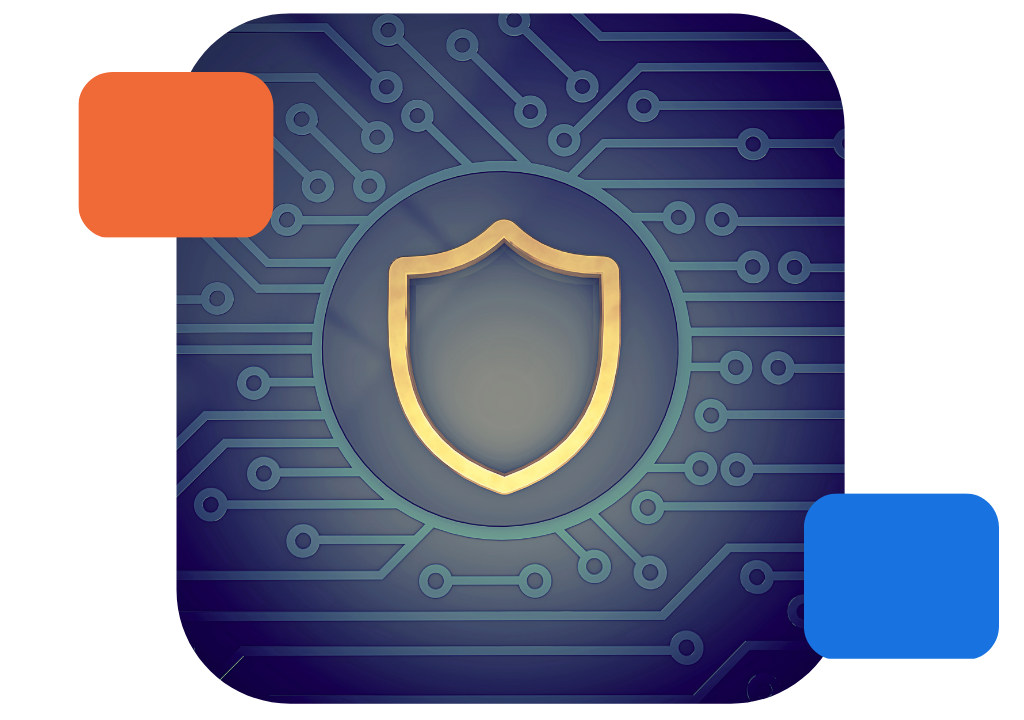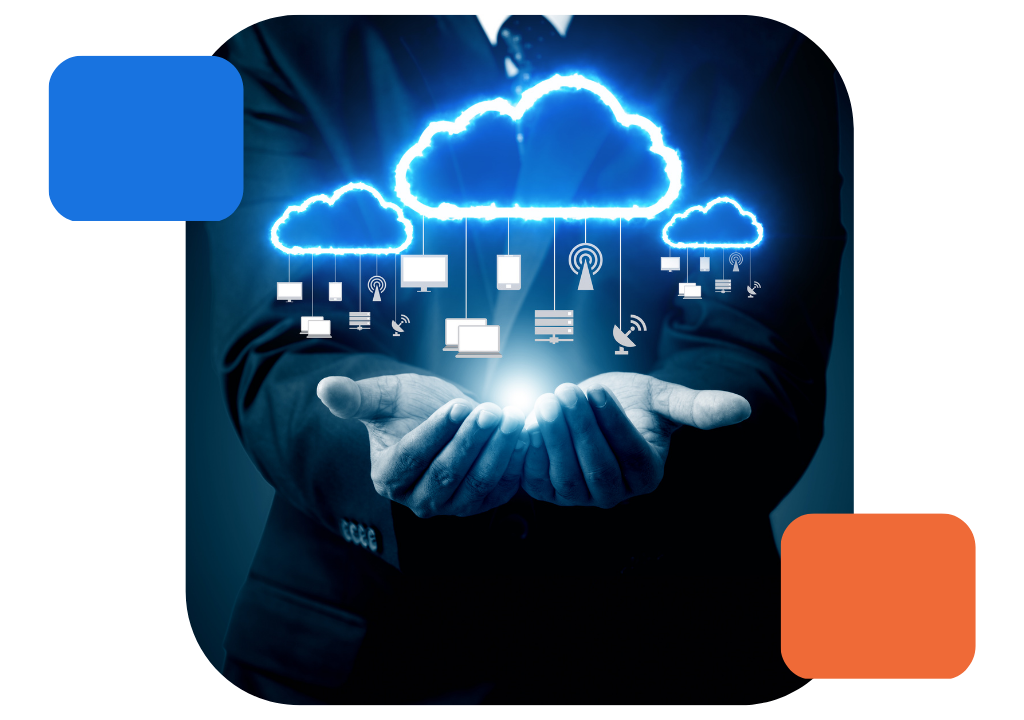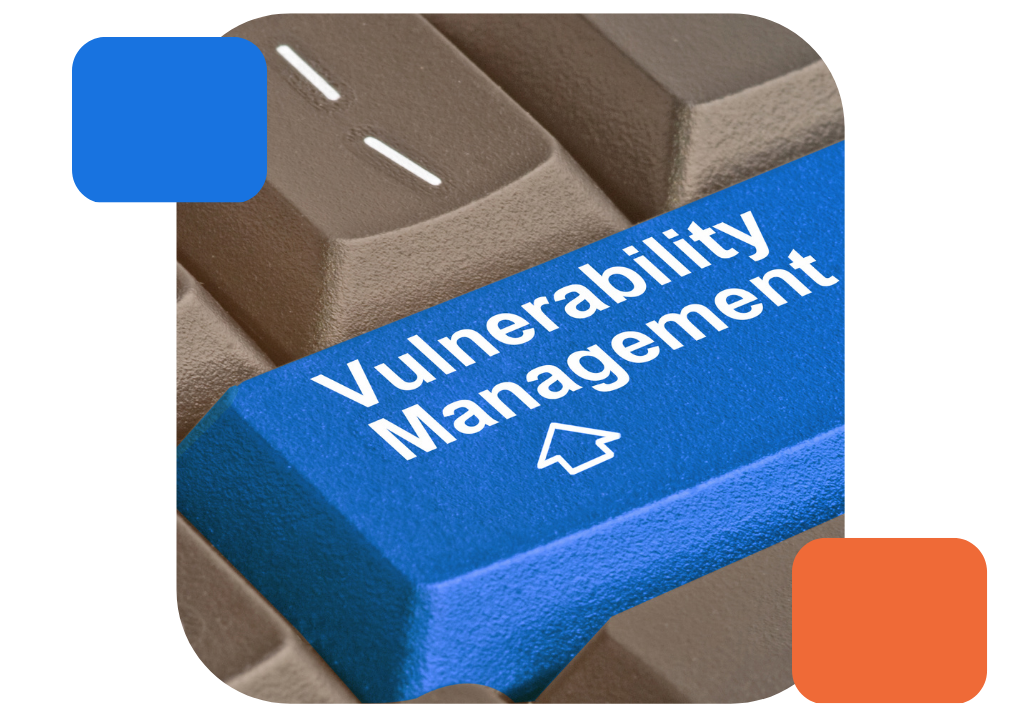INFORMATION SECURITY
Identify the data security risks that can impact your organization and develop an Information Security Management System to deal with data breaches before they become a problem.
What is Information Security?
The terms “Information Security” and “Cybersecurity” are frequently interchanged. Although Information Security (also known as InfoSec) is an important element of cybersecurity, it is focused specifically on data security protocols.
By putting in place an Information Security Management System (ISMS) an organization will have a set of guidelines and processes to follow that will minimize risk in the event of a data breach.
As well as a full range of cybersecurity services, training and assessments, PCnet can provide management and consulting for all aspects of information security.
Security Application
Application security is a broad topic that includes software vulnerabilities in web and mobile apps, as well as application programming interfaces (APIs). For InfoSec, application security is a crucial aspect of risk reduction.
Vulnerabilities can be identified in user authentication or authorization, code, and configuration integrity, and even mature security policies and procedures. These vulnerabilities can serve as entry points for large-scale data breaches.


Cloud Security
Cloud security focuses on the development and hosting of safe applications in cloud environments, as well as the secure usage of third-party cloud apps.
The term “cloud” simply refers to a programme that runs in a shared environment. Organizations must ensure that different processes in shared environments are adequately isolated.
CRYPTOGRAPHY
Data confidentiality and integrity is improved by encrypting data in transit and at rest. In cryptography, digital signatures are often used to verify the validity of data.
As cybercriminals target personal data more and more, the importance of cryptography and encryption is growing.

Reduce your security risks – starting today
For an overview of your organization’s current security performance and for deeper insights into potential risks and how to prevent them – book a free consultation call.

Security Infrastructure
Desktop and mobile devices, internal and extranet networks, data centres, labs and servers are all protected by infrastructure security.
The goal is to improve security measures while reducing downtime, along with the associated customer attrition, reputation damage and compliance costs that organizations can face after a security breach.
Incident Response
The function of incident response is to monitor and investigate potentially malicious conduct – both within and outside of an organization.
An IT department should have an incident response plan in place to identify and resolve security threats, and restore networks in the event of a breach. This plan should also include a procedure for preserving evidence for forensic analysis, for use in internal investigations or legal proceedings.


Vulnerability Management
Vulnerability Management is the process of analysing an environment for weak areas (such as unpatched software) and prioritising remediation based on risk levels.
Organizations are continually adding apps, users, infrastructure, and other features to various networks, therefore it is critical to scan the network for potential vulnerabilities on a regular basis. Discovering a vulnerability before any damage is done can avoid the often devastating implications of a data breach.












